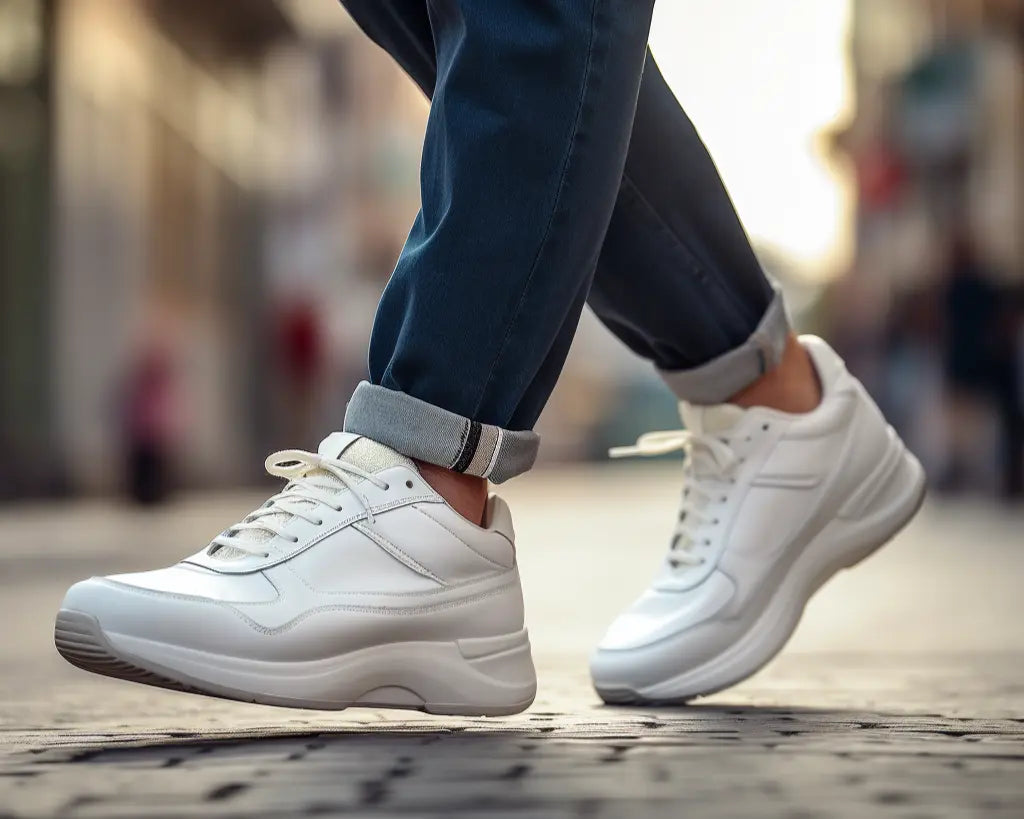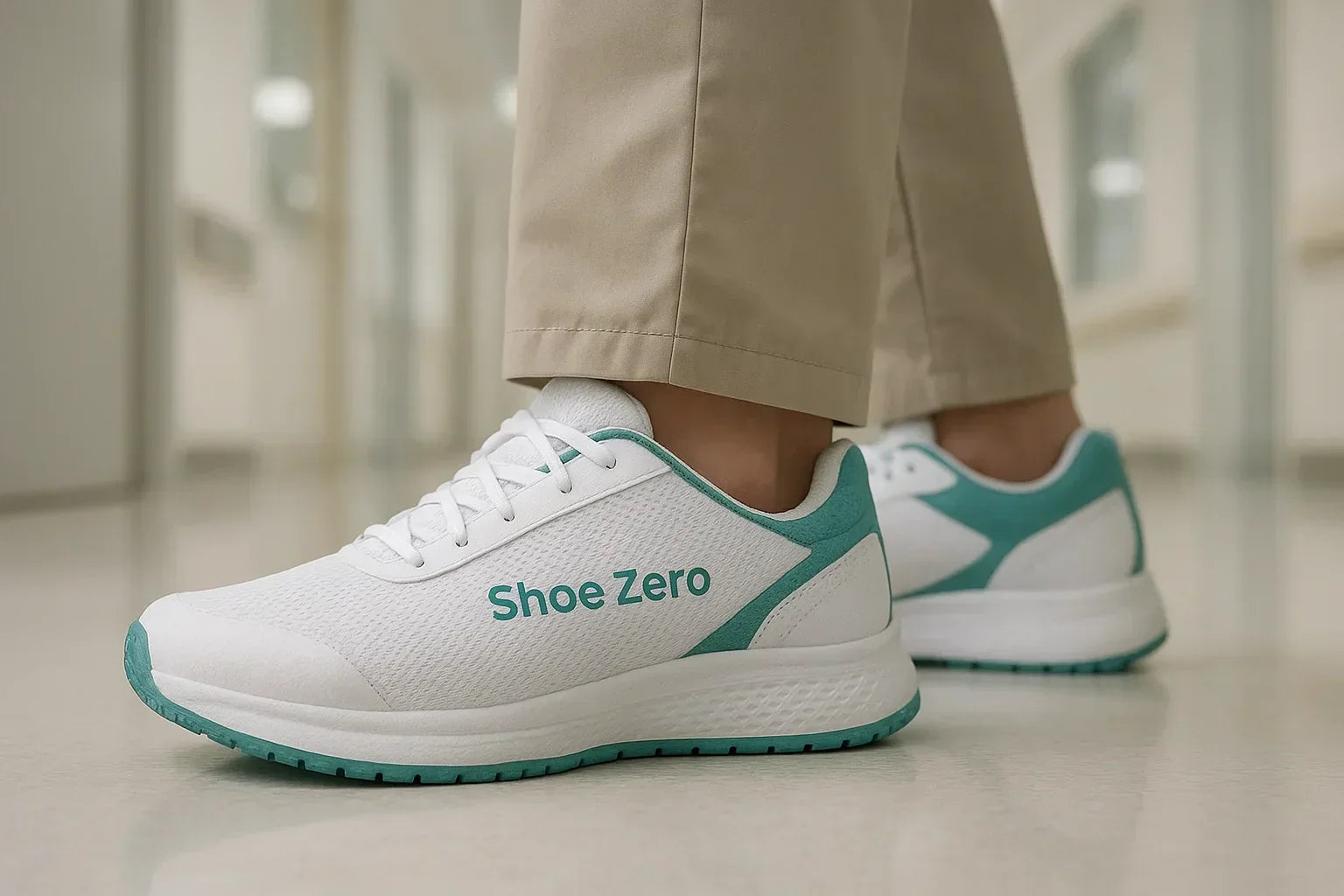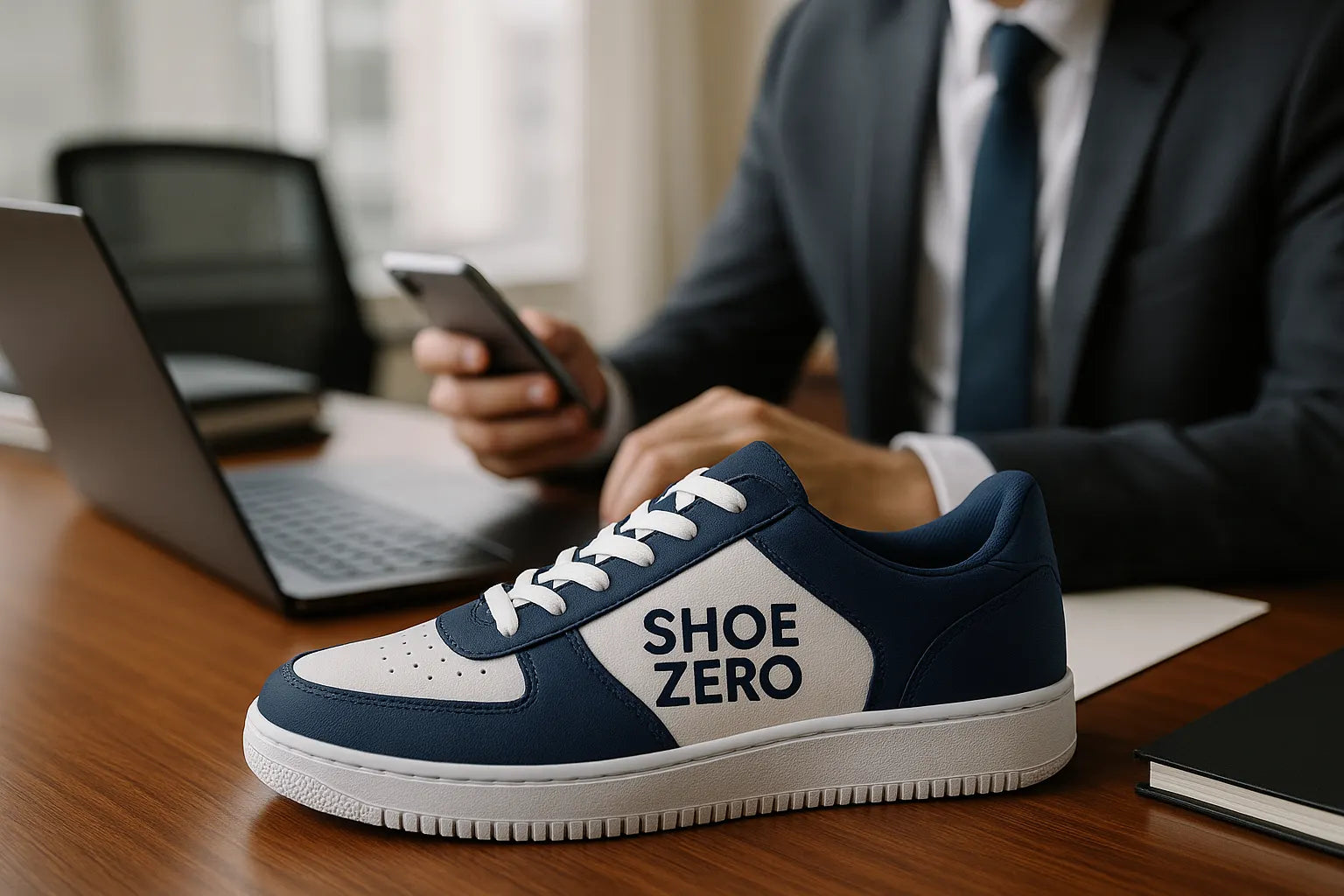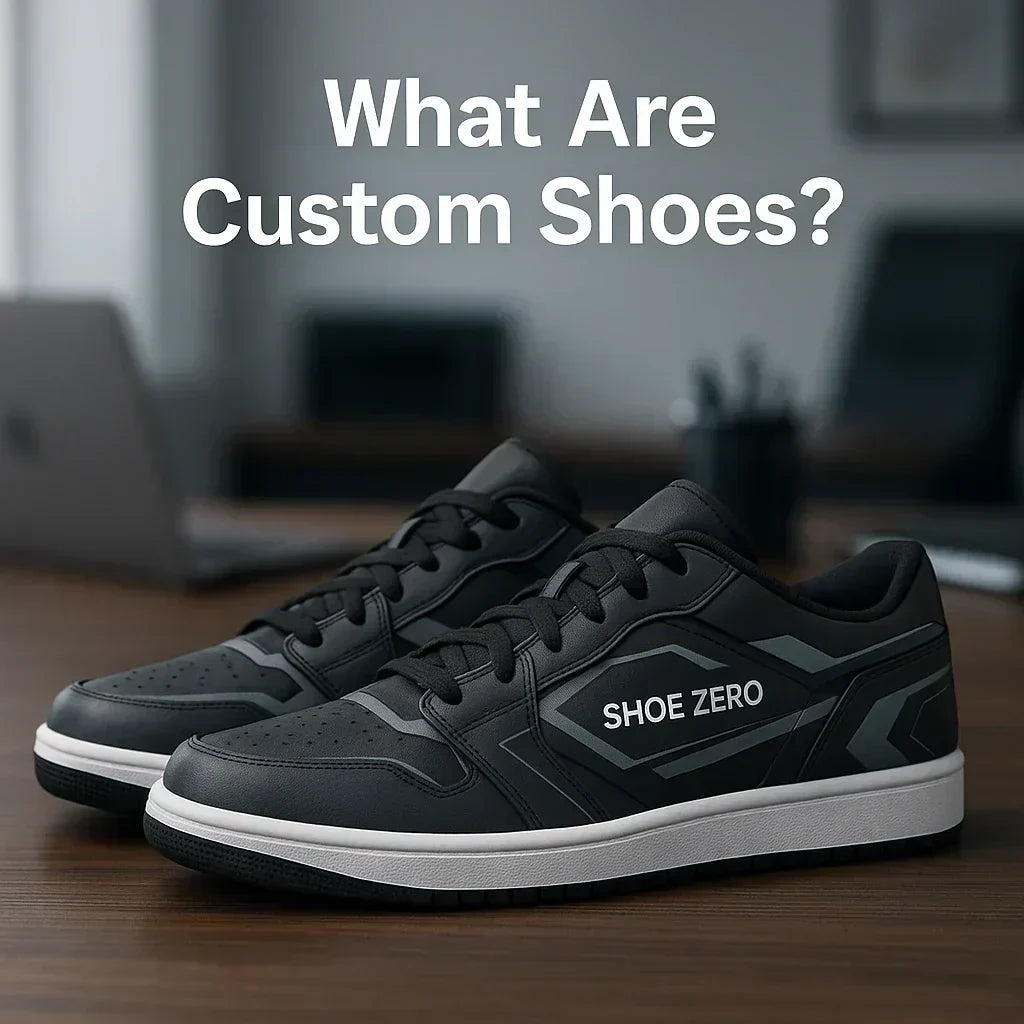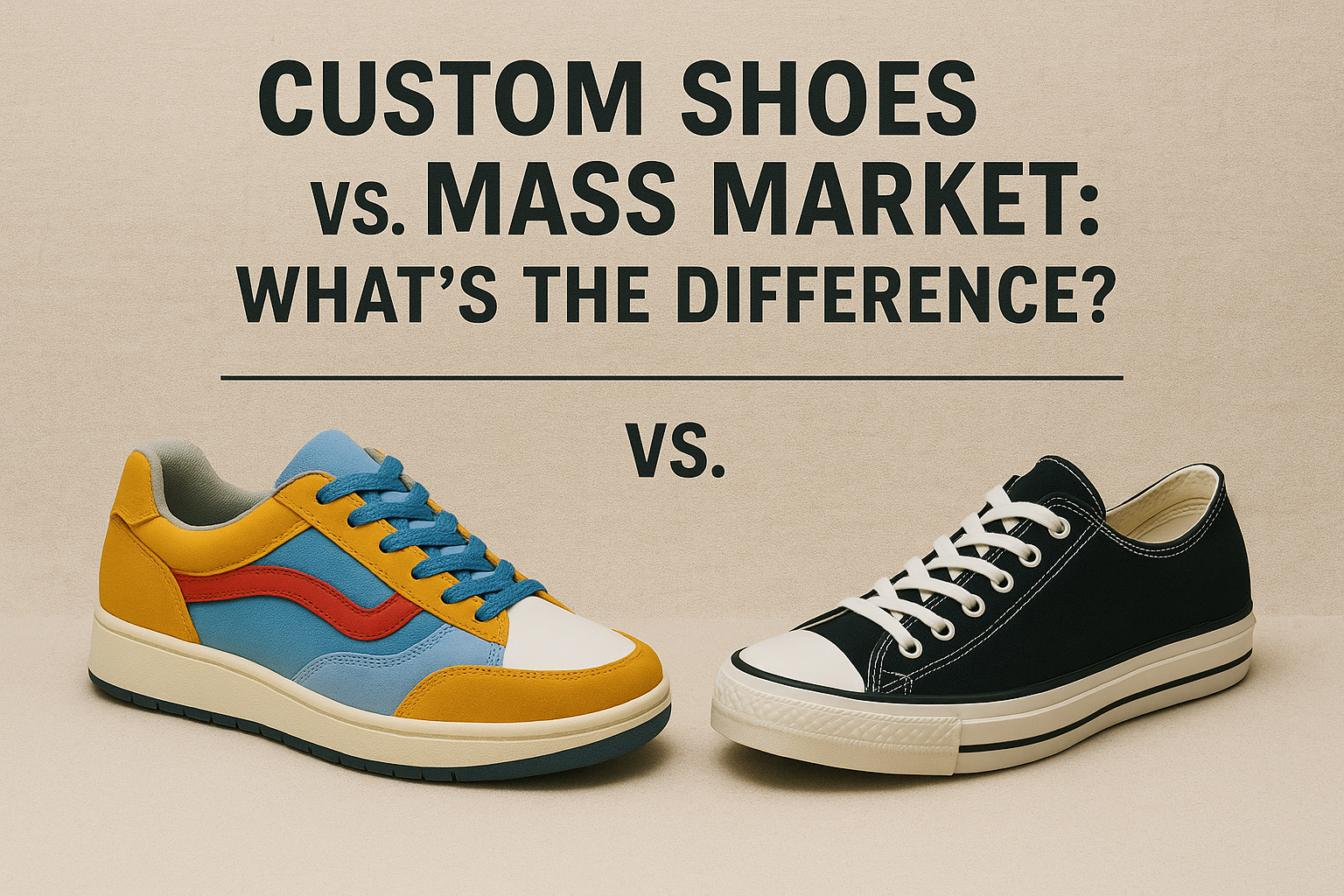Noisy shoes can be both frustrating and embarrassing. Whether you’re walking through the office, heading into a meeting, or strolling through a quiet library, those squeaky sounds can make every step feel awkward. The good news is, you don’t have to live with it.
If you’ve ever wondered how to make shoes stop squeaking, this guide is designed for you. We’ll cover the most common causes of squeaky shoes and share ten practical, step-by-step fixes you can try right away. From dealing with moisture to silencing squeaky insoles and soles, you’ll learn how to keep your shoes quiet, comfortable, and reliable.
Say goodbye to squeaky distractions and hello to confident, silent strides!
Steps to Silence Shoes Squeaks:
1. Throw in the Dryer
One common reason for squeaky shoes is moisture trapped inside them. To eliminate the squeaks, try placing your shoes in the dryer for a short spin cycle. The gentle tumbling action will help dislodge any excess moisture, leaving your shoes squeak-free.
2. Sprinkle Baby Powder
Baby powder works wonders when it comes to silencing squeaky shoes. Sprinkle some baby powder inside your shoes and spread it evenly. The powder will absorb any moisture and reduce friction, which is often the cause of those irritating squeaks.
3. Soften the Rubber Soles
Stiff or rigid rubber soles can contribute to squeaky shoes. Consider using a shoe conditioner or leather softener to make the soles or shoe bottom more flexible. This will reduce friction between the shoe components and minimize squeaking.
4. Wear Them Everywhere
New shoes often squeak because of the manufacturing process, and wearing them frequently can help break them in. The more you wear your shoes, the more the materials will adjust and mold to your feet, reducing the chances of squeaking shoes.
5. Add Petroleum Jelly
Applying a small amount of petroleum jelly to the shoe's inner sole can be effective in reducing squeaks. The lubricating properties of the jelly will help reduce friction, leading to quieter footsteps. Your insole could start to make noise as it rubs against the inside of your shoe. For a quick fix, smear a thin layer of petroleum jelly or lotion under the insole to help the parts rub against each other more smoothly. Read about these tricks for making your shoes last longer.
6. Rub with a Dryer Sheet
Dryer sheets are not just for laundry. Rubbing a dryer sheet on the bottom of your shoes can help create a barrier that reduces the friction responsible for those annoying squeaks.
7. Try WD-40
WD-40 is a versatile product known for its lubricating properties. Applying a small amount to the areas where your shoes make contact with each other can significantly reduce squeaking. However, exercise caution, as WD-40 may not be suitable for all shoe materials.
8. Rub on Saddle Soap
For leather shoes, saddle soap can work wonders. Applying saddle soap to the shoe's squeaky areas can help soften the leather and eliminate squeaks.
9. Fix the Loose Heels of your Squeaking Shoes
If the squeak seems to be coming from the heels, they may be loose. Fix loose heels by using a strong adhesive to secure them back in place, ensuring a snug fit that eliminates any movement causing the noise.
10. Try Roughing Up the Bottoms of Your Squeaky Shoes with Sandpaper
In some cases, smooth shoe soles can be the culprit. Gently roughing up the bottoms of your shoes with sandpaper can create a textured surface that provides better traction and reduces squeaks.
__________________________________________________
Key Takeaways
Say farewell to the annoying squeaks that have been plaguing your shoes. By following these practical steps, you can effectively eliminate the noise and walk with confidence wherever you go. Whether it’s sprinkling baby powder, using petroleum jelly, or trying out WD-40, there’s a solution for every type of shoe. So, go ahead and put these tips to the test, your squeak-free journey starts now!
And if your current pair just won’t cooperate, why not upgrade to something that’s truly yours? At Shoe Zero, you can design custom shoes that match your style and comfort needs. Explore options like custom basketball shoes, custom low tops, custom high tops, custom boots, custom sandals, and even custom kids shoes. Beyond footwear, you can also create your own designs across our full range of custom merch.
Start designing today and step into silence, comfort, and 100% personal style with Shoe Zero.
FAQs (Frequently Asked Questions)
1. Can I use baby powder on all types of shoes?
Yes, baby powder is safe to use on most shoes, including leather, canvas, and athletic shoes. Just be sure to sprinkle it inside the shoes, away from any openings or vents.
2. Is WD-40 safe for all shoe materials?
While WD-40 is generally safe for most shoe materials, it's best to test it on a small, inconspicuous area first, especially with delicate or special finishes.
3. How long should I leave my shoes in the dryer?
A short spin cycle of about 10-15 minutes should be sufficient to help dislodge any trapped moisture.
4. Can I use saddle soap on non-leather shoes?
Saddle soap is specifically designed for leather shoes. Avoid using it on non-leather materials, as it may cause damage.
5. Are squeaky shoes a sign of poor quality?
Not necessarily. Squeaks can occur in both high-quality and low-quality shoes and are often due to friction or trapped moisture.


